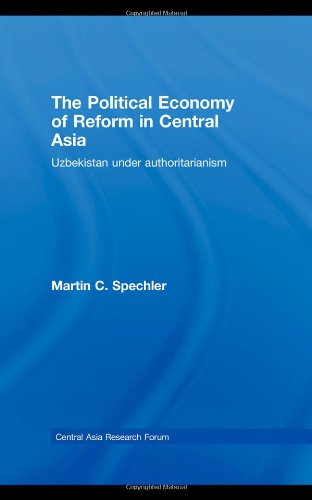

Most ebook files are in PDF format, so you can easily read them using various software such as Foxit Reader or directly on the Google Chrome browser.
Some ebook files are released by publishers in other formats such as .awz, .mobi, .epub, .fb2, etc. You may need to install specific software to read these formats on mobile/PC, such as Calibre.
Please read the tutorial at this link. https://ebooknice.com/page/post?id=faq
We offer FREE conversion to the popular formats you request; however, this may take some time. Therefore, right after payment, please email us, and we will try to provide the service as quickly as possible.
For some exceptional file formats or broken links (if any), please refrain from opening any disputes. Instead, email us first, and we will try to assist within a maximum of 6 hours.
EbookNice Team

Status:
Available5.0
7 reviewsThis book examines the economic reforms and material progress made since the Central Asian republics became independent from the Soviet Union in 1991. Without some of the neo-liberal reforms recommended by the ''Washington Consensus'' and with an authoritarian presidency, Uzbekistan, the largest of these countries, has nevertheless achieved modest economic growth, stability, and a relatively impressive degree of income equality. The country has also preserved its economic and political independence from the great powers — Russia, China, and the USA — who are rivals for influence and energy in Central Asia. Human rights have been poorly enforced, though occasional thaws have also taken place.
In second half of the book features a comparative analysis of four Central Asian states, all super-presidential authoritarianisms but with very different resource endowments and external commitments. A separate chapter deals with the energy resources of the region and the challenges of bringing oil and gas to the world market, and the question of whether Central Asian states will return to the Russian sphere of influence or seek closer ties with Asia or Europe is examined. The book concludes with prospects for future political and economic progress in the key Central Asian states.